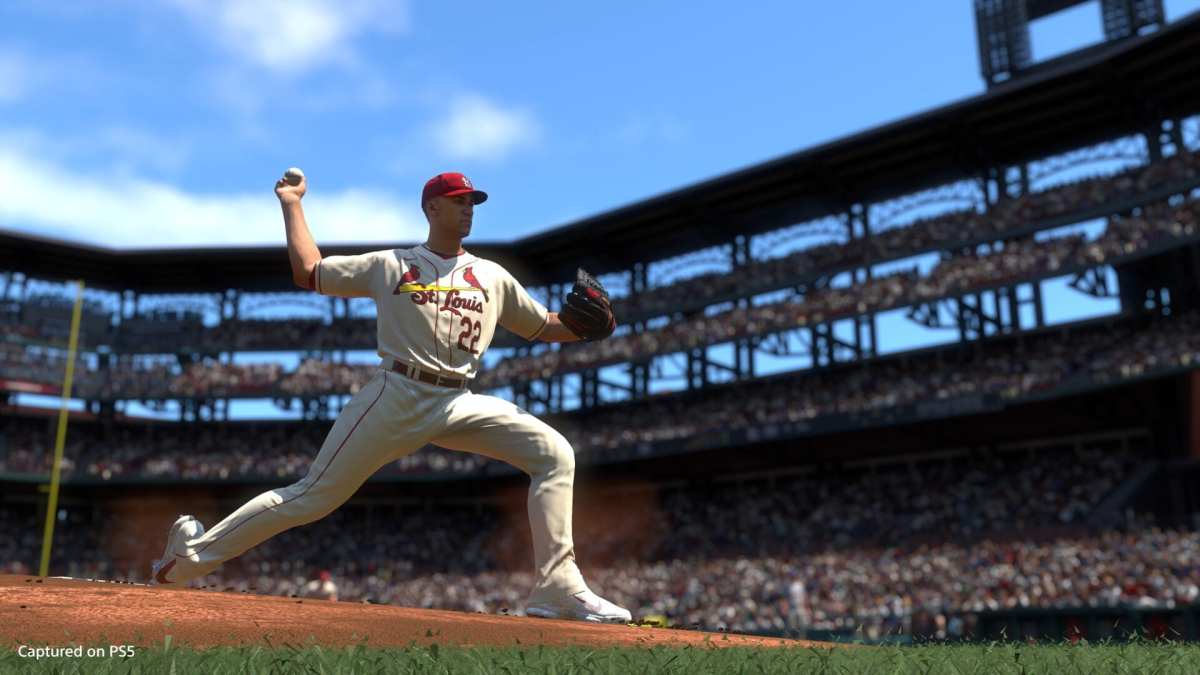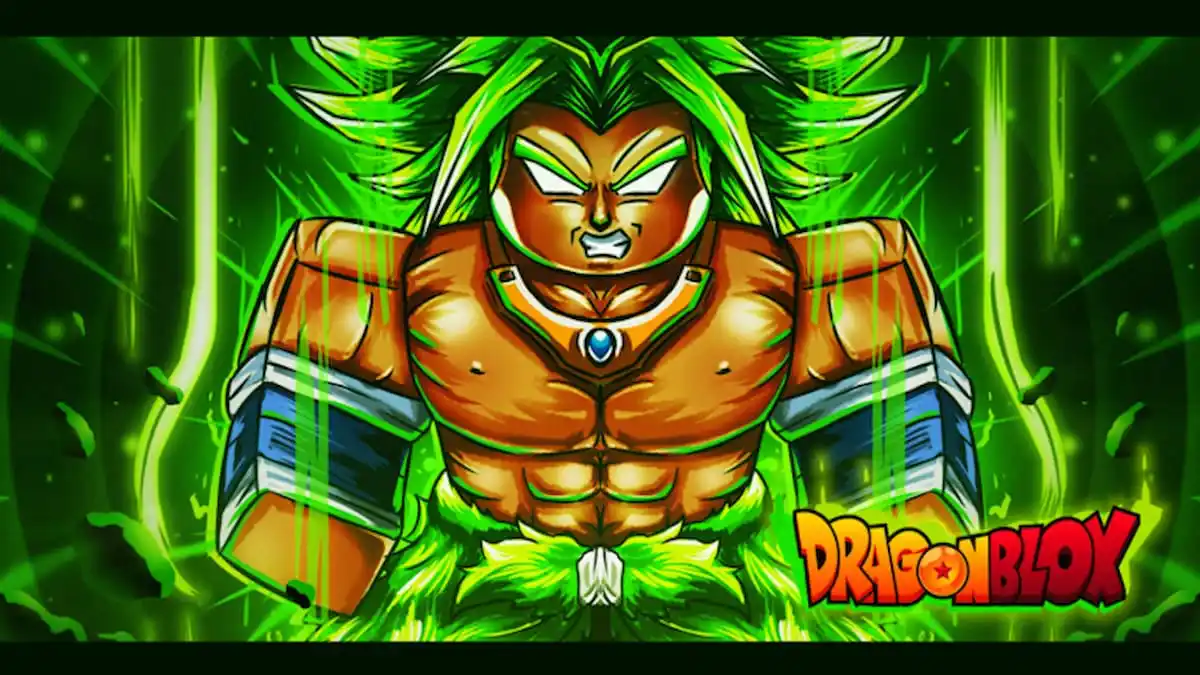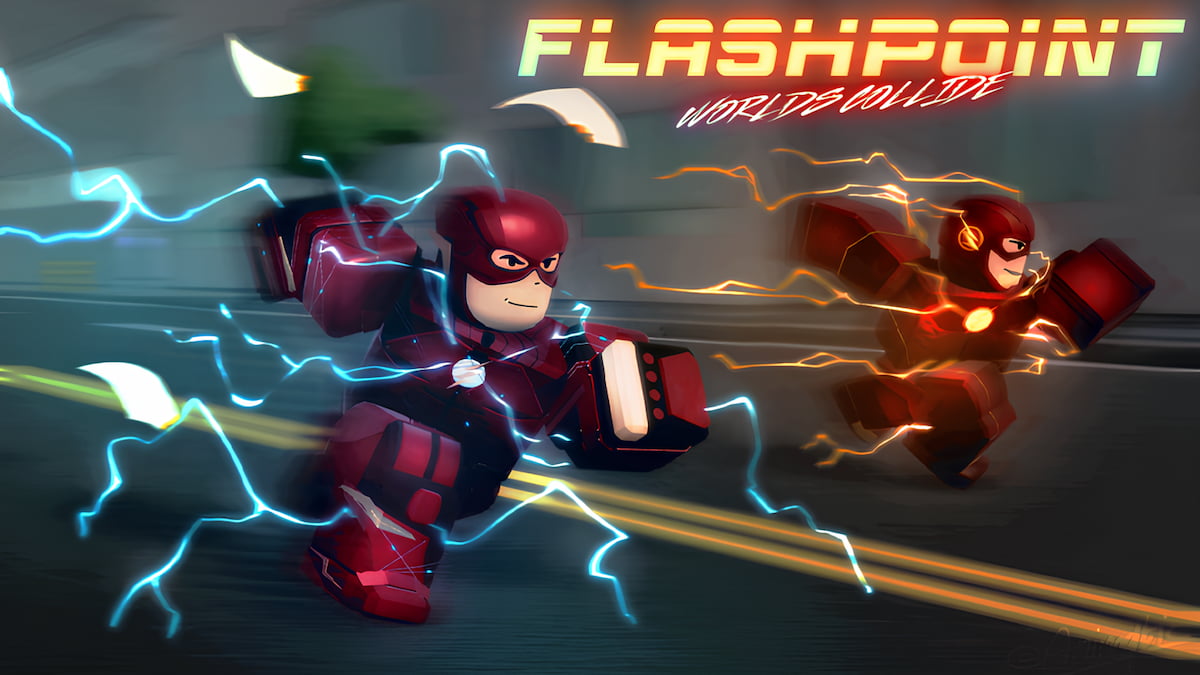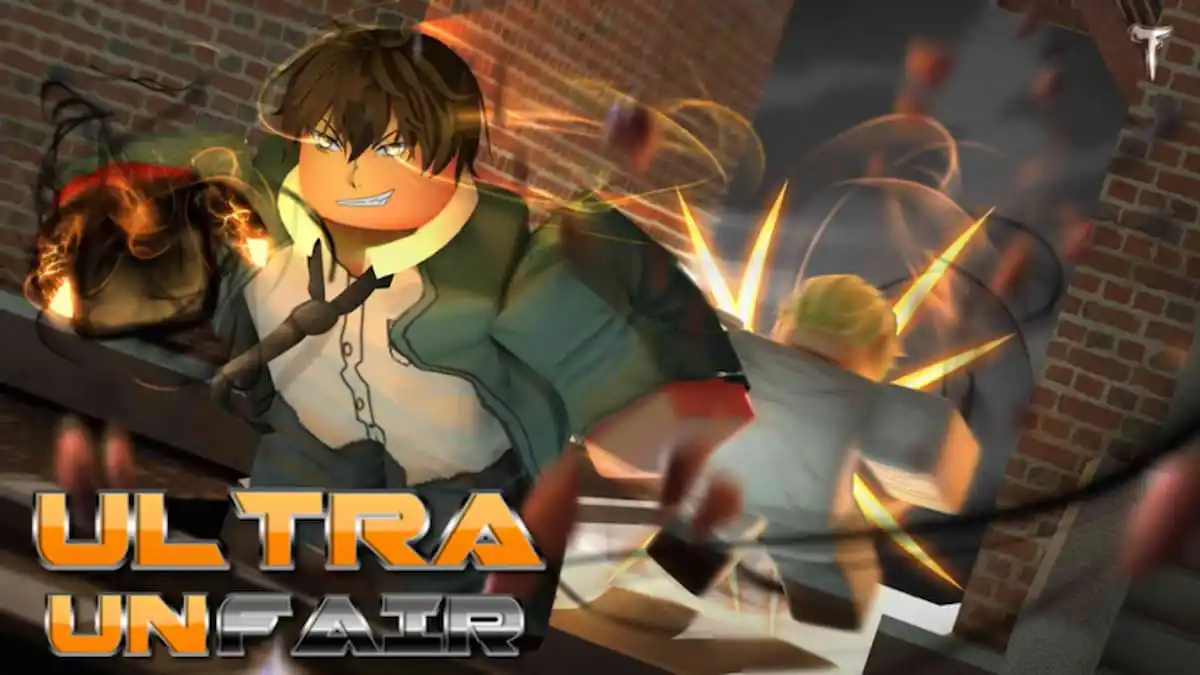MLB The Show 21 returns with all of its traditional pitching interfaces intact. If you’re here, you’re probably wondering how to pitch and how the interfaces work. In this guide we’ll go over our favorite pitching interfaces for beginners learning how to pitch in MLB The Show 21.
How to Pitch in MLB The Show 21
Returning to MLB The Show 21 this year is the Meter, and for beginners learning how to pitch in MLB The Show 21, it’s our recommendation to start learning with. Veterans to MLB The Show 21 should be familiar with Meter pitching as it has been in the game for a number of years now. However, newcomers or players that haven’t touched a baseball game in years may have a small adjustment period until they get used to how pitching is conducted.
First, select the pitch that you want to throw. They are always ordered from most to least effective depending on that player’s rating. Next, select where you want to throw it with the X button on PlayStation or A on Xbox.
Note that once you select the one you want to throw, the game will show you a trajectory of how the ball will move. When you hit the pitch button, hold it down and a white line will move up towards the yellow/red side of the meter to charge up the pitch’s power.
The longer you hold the button, the more velocity and break it will have, but it will eat up more of your pitcher’s stamina and will be harder to control. Let go of the button you selected to select the power and get ready to hit it again to get the control right.
In the middle of the blue side of the Meter is a yellow line. Your goal – assuming you want your pitch to end up as close as possible to where you initially placed it – is to press X again to get the white line lined up as close to the yellow line as possible. As mentioned, the closer to the yellow line you are, the more precision your pitch will have. If you’re too early, it will drift high; if you’re late, it might end up in the dirt.
If your pitcher is getting tired or losing confidence (throwing lots of walks, drawing lots of hits, blowing a big spot), you’ll have a harder time with control. On the flip side, if they are confident (striking batters out), you’ll get bonus control (a bigger yellow line), as well as a ratings, bump to the specific pitches that you have been using.
The other interfaces are Pure Analog, Classic, and Pulse which players can use as well. If you want the strictly easiest interface (that just goes completely based on your pitcher’s stats) choose Classic, however that also gives you the lowest amount of control as all you can do is hold the button down for more or less velocity vs. control. Pulse is similar to Classic where it is very simplified.
Pulse is somewhat similar to Classic. The main difference with Pulse is that you have a pulsing reticle that you want to keep as small as possible when you place your pitch, as that controls where the ball can go.
Finally, Pure Analog is similar to Meter, except instead of using the pitch button, you use your analog stick. Depending on your skill with it, some players might prefer the analog stick, but this is purely based on preference.
Ultimately, though, the best pitching meter is always going to be the one that you feel most comfortable with.
That’s all you need to know about how to pitch in MLB The Show 21. If you still have additional questions, let us know in the comments below.













Updated: Apr 22, 2021 10:53 am